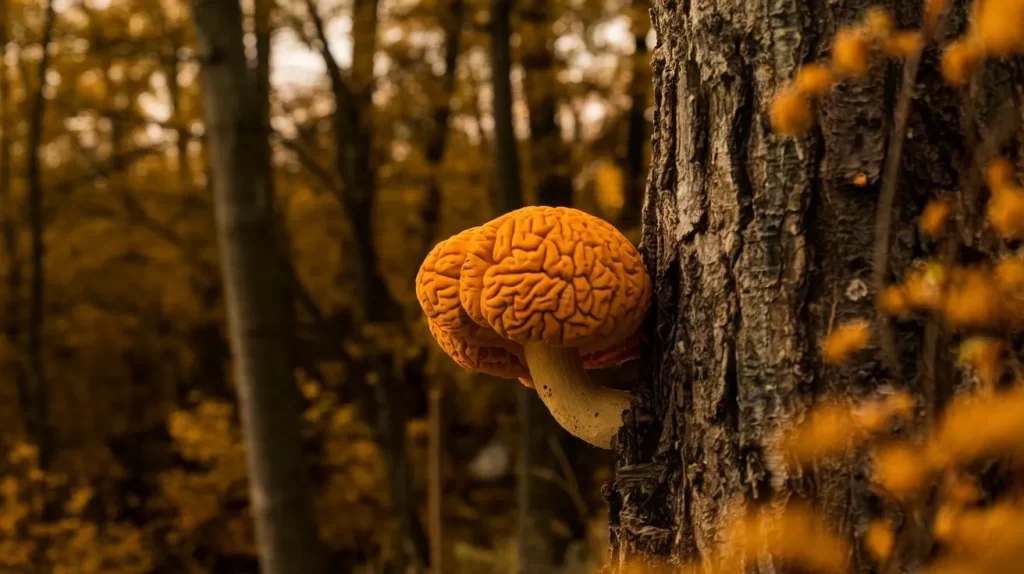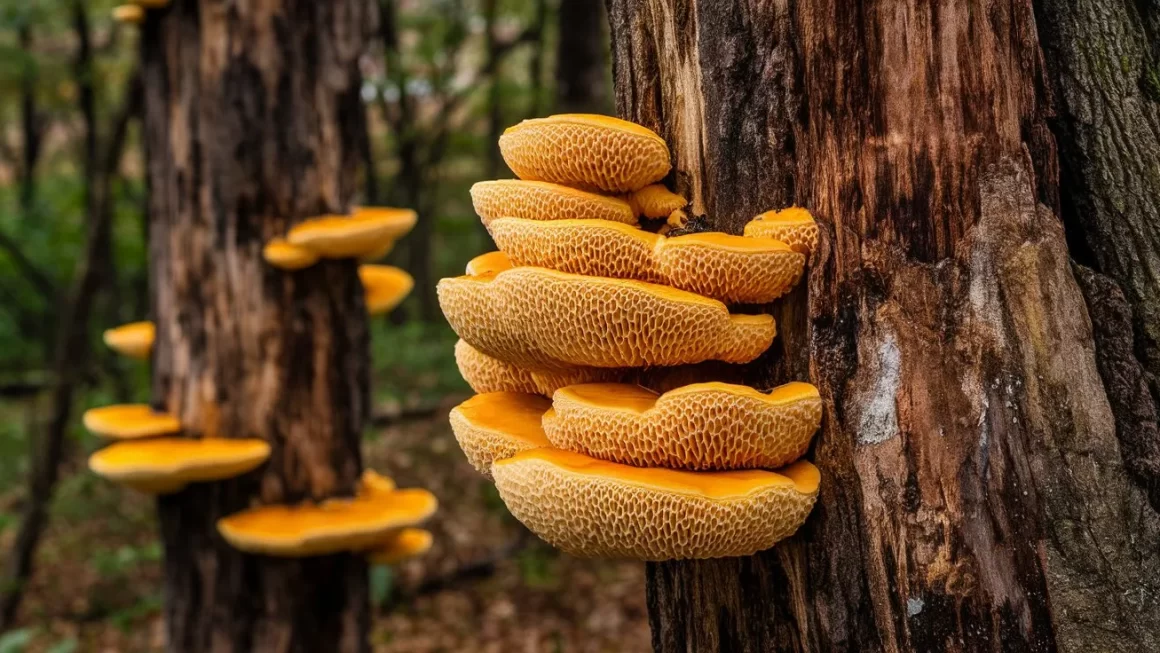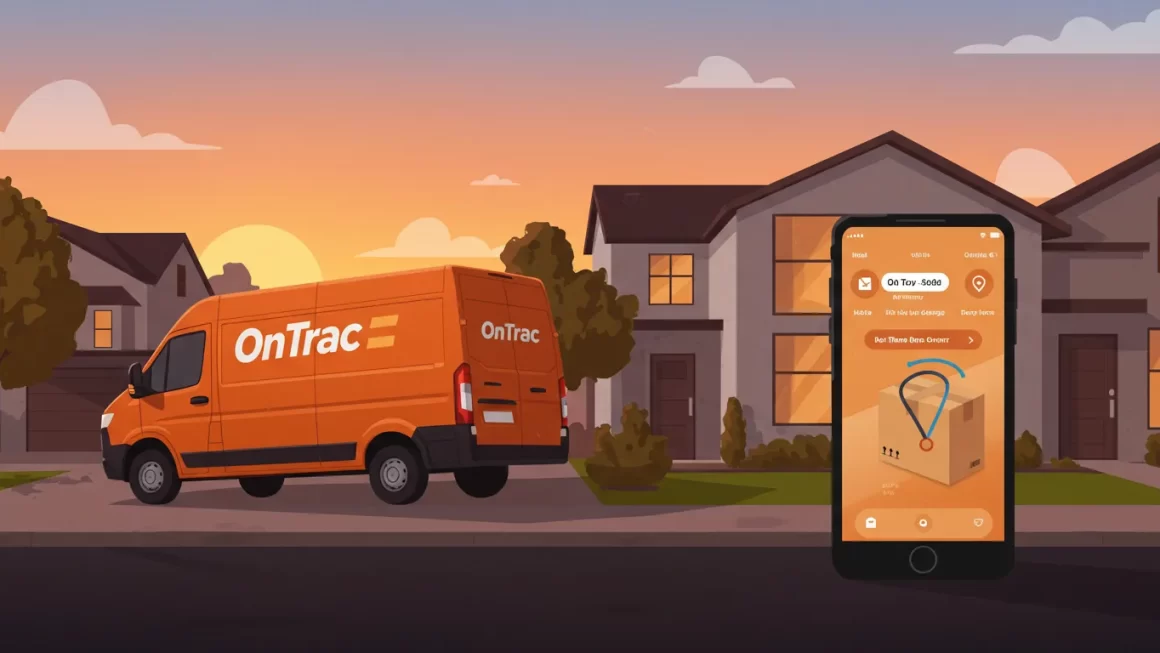Table of Contents
One fascinating phenomenon stands out in Earth’s vast web of life: an organism that makes its own food. This ability is a marvel of nature and is essential for sustaining life across ecosystems. Understanding how these organisms, known as autotrophs, create their food through processes like photosynthesis reveals the incredible power and balance within nature. In this article, we’ll explore what makes these organisms so unique, how they contribute to life on Earth, and why their role is crucial for the survival of countless species.
What Is an Autotroph?

An autotroph, or an organism that makes its own food, is an autonomous organism that can produce energy-rich compounds from simple substances like carbon dioxide and water. Unlike heterotrophs, which rely on other organisms for nourishment, autotrophs harness energy directly from their environment, making them the foundation of the food chain.
Types of Autotrophs
Photoautotrophs and chemoautotrophs are the two primary categories of autotrophs. Both play a crucial role in their respective ecosystems, but they produce food in different ways.
Photoautotrophs: Masters of Photosynthesis
Photoautotrophs are the most well-known type of autotroph. These organisms, including plants, algae, and some bacteria, use sunlight as their primary energy source. Through photosynthesis, they convert light energy into chemical energy, producing glucose and oxygen as byproducts.
Photosynthesis is a remarkable process that sustains the organism itself and provides oxygen and food for a wide range of other organisms, including humans. Self-sufficient by nature, an organism that makes its own food directly from sunlight or chemicals is essential to life on Earth. Photoautotrophs are vital for life on Earth, as they form the base of the food chain and support entire ecosystems.
Chemoautotrophs: Life in Extreme Environments
While photoautotrophs rely on sunlight, chemoautotrophs derive their energy from chemical reactions. An organism that makes its own food through photosynthesis is vital to the ecosystem’s balance. These organisms are often found in extreme environments, such as deep-sea hydrothermal vents or sulfur-rich hot springs, where sunlight is scarce or absent.
Chemoautotrophs use inorganic molecules like hydrogen sulfide, ammonia, or iron to produce energy through chemosynthesis. This ability to thrive in harsh conditions makes chemoautotrophs unique and essential for maintaining life in environments where few other organisms can survive.
An Organism That Makes Its Own Food
Have you ever wondered how some organisms can thrive without needing to consume other beings for energy? These kinds of organisms are known as autotrophs. They are remarkable because they make their own food using light energy from the sun. This process, called photosynthesis, allows autotrophs to convert carbon dioxide and water into organic molecules like glucose.
The magic lies in the chlorophyll within their cells, which captures the energy needed to fuel light-dependent reactions of photosynthesis. In simple terms, photosynthesis is how these organisms produce food using sunlight, turning it into the chemical energy they need to survive. Autotrophs like plants can also store this energy for later use, which helps support other forms of life on Earth.
Autotrophs and Heterotrophs: Key Differences
Unlike heterotrophs that must feed on other organisms for sustenance, autotrophs are self-sufficient. They sometimes undergo complex processes, including chemosynthesis, to make their own food. For example, linear electron flow and other steps help them create food through photosynthesis by harnessing energy from the sun. This sustains the autotroph and indirectly supports heterotrophs since many rely on autotrophs as their primary food source. Whether it’s the essential biology solutions and the answer found in textbooks or more advanced methods you find step-by-step biology solutions for, the question of how autotrophs and heterotrophs differ is critical.
Recommended textbook solutions or answer videos often explain that plants and similar organisms that perform photosynthesis are called autotrophs because they can produce food using energy stored from light energy, converting it effectively to sustain themselves and, ultimately, the broader ecosystem.
The Role of Autotrophs in the Ecosystem
An organism producing food is an essential ecosystem component and goes beyond being self-sufficient. Plants are a classic example of an organism that makes its own food by harnessing sunlight. Autotrophs are often called “producers” because they create the energy and nutrients that fuel other organisms, known as consumers.
Supporting the Food Chain
Autotrophs are at the base of the food chain. Plants, for example, are eaten by herbivores, which in turn are consumed by carnivores. Algae are organisms that make their food by converting sunlight into energy. Without autotrophs, this chain would collapse, leading to a breakdown of ecosystems and the extinction of countless species.
In aquatic environments, algae and phytoplankton are the primary producers. These tiny organisms perform photosynthesis on a massive scale, producing most of the world’s oxygen and forming the base of the marine food web.
Oxygen Production and Carbon Sequestration
Another critical role of autotrophs is oxygen production. An organism that makes its own food, such as a plant, plays a crucial role in producing energy for other life forms. Through photosynthesis, plants, algae, and some bacteria release oxygen into the atmosphere, which is essential for the survival of aerobic organisms, including humans.
In addition to producing oxygen, autotrophs play a significant role in carbon sequestration. By absorbing carbon dioxide during photosynthesis, these organisms help regulate the Earth’s climate by reducing the amount of CO2 in the atmosphere. An organism that makes its own food independently is known as an autotroph in biological terms. This technique is essential to lessening the effects of climate change.
The Fascinating Adaptations of Autotrophs
An organism that makes its own food has developed various adaptations to survive and thrive in diverse environments. These adjustments demonstrate the autotrophs’ adaptability and tenacity.
Desert Plants and Water Conservation
Water is scarce in arid environments, such as deserts, and temperatures can be extreme. Desert plants, like cacti, have evolved to conserve water through specialized structures like thick, waxy skins and deep root systems. These adaptations allow them to perform photosynthesis efficiently, even in harsh conditions.
Deep-Sea Chemoautotrophs and Extreme Survival
Chemoautotrophs in deep-sea environments face high pressure, low temperatures, and complete darkness. Despite these conditions, they have adapted to use chemicals emitted by hydrothermal vents as an energy source, sustaining entire communities of organisms that rely on them for food.
The Importance of Protecting Autotrophs
Given their crucial role in sustaining life on Earth, protecting autotrophs is essential for maintaining ecological balance. Photosynthetic bacteria are a type of organism that makes its food using light energy. Human activities, such as deforestation, pollution, and climate change, threaten the survival of these organisms and, by extension, the entire food chain.
Deforestation and Its Impact
Deforestation, particularly in tropical rainforests, is a significant threat to photoautotrophs. The destruction of forests reduces the number of trees available to absorb CO2, produce oxygen, and disrupt entire ecosystems. Protecting forests and promoting reforestation efforts are critical for preserving the health of our planet.
Ocean Pollution and Marine Autotrophs
Marine autotrophs like algae and phytoplankton are also at risk due to ocean pollution and warming temperatures. Oil spills, plastic waste, and chemical runoff can damage these vital organisms, leading to a decline in marine biodiversity. An organism that makes its own food typically uses sunlight or inorganic substances to create its own energy source. Efforts to reduce pollution and protect aquatic environments are necessary to safeguard these essential autotrophs.
Also Read: How Can the Second Empire Style Be Characterized? Unveil Its Lavish Secrets
The Power of an Organism That Makes Its Own Food
In conclusion, an organism that makes food through photosynthesis or chemosynthesis is a powerful natural force. These autotrophs sustain themselves and support entire ecosystems, produce oxygen, and help regulate the Earth’s climate. By understanding their importance and taking steps to protect them, we can ensure our planet’s continued balance and health. Nature’s fantastic power lies in these remarkable organisms, and their preservation is crucial for the future of all life on Earth.




